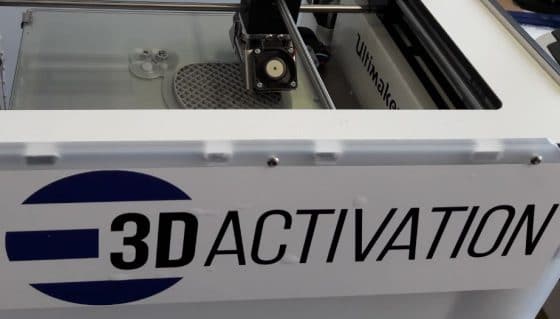
Contents
Based on Stereolithography to RIM
Reaction Injection Molding, commonly known as RIM, describes the production of a mold from epoxy resin (epoxy) or silicone based on a master model made using the stereolithography process. One can therefore definitely regard RIM as a kind of further development of stereolithography, whose artefacts it is linked to.
This mold is then filled with polyurethane resin using a specific machine, a mixer.
Depending on the part geometry, the service life of a tool manufactured in this way is between 30 and 100 parts.
application areas
RIM is particularly suitable for pre-series, for large-format parts or, in particular, for cladding or protective covers for special machines.
benefits
In addition to a wide range of engineering resins available, RIM allows for the incorporation or overmolding of metallic inserts.
Crucial here: All assemblies are always manufactured in accordance with their respective functional criteria.
The final painting of RIM models enables a realistic surface finishin the versions glossy, satin, grained, etc. An EMC coating is also possible.
Particularly important for electronic applications: polyurethanes, such as those used by RIM, react very quickly, gently and with little shrinkage when required. Curing takes place at a maximum of 120°C, with subsequent tempering not being necessary.
Compared to components made from thermoplastic melts, RIM-manufactured models have a lower viscosity, which means that greater flow paths can be achieved with the same wall thickness.
Higher thermal conductivity through the addition of fillers
Another advantage of polyurethanes, which is particularly important for the heat dissipation of electronic assemblies, is that their thermal conductivity can be adjusted to high values by adding fillers, and this is even largely independent of the hardness of the material.
Background and history of origin
The RIM process was launched on the market in 2007 with the aim of making the production of polyurethane-coated parts, which is widespread in the automotive industry, per injection molding process to be made less costly. The connection to 3D printing processes did not play a role at the time. This has only recently begun to change.
Would you like to try out the possibilities of RIM yourself? Simply contact our customer service for a quote.
To contact form

